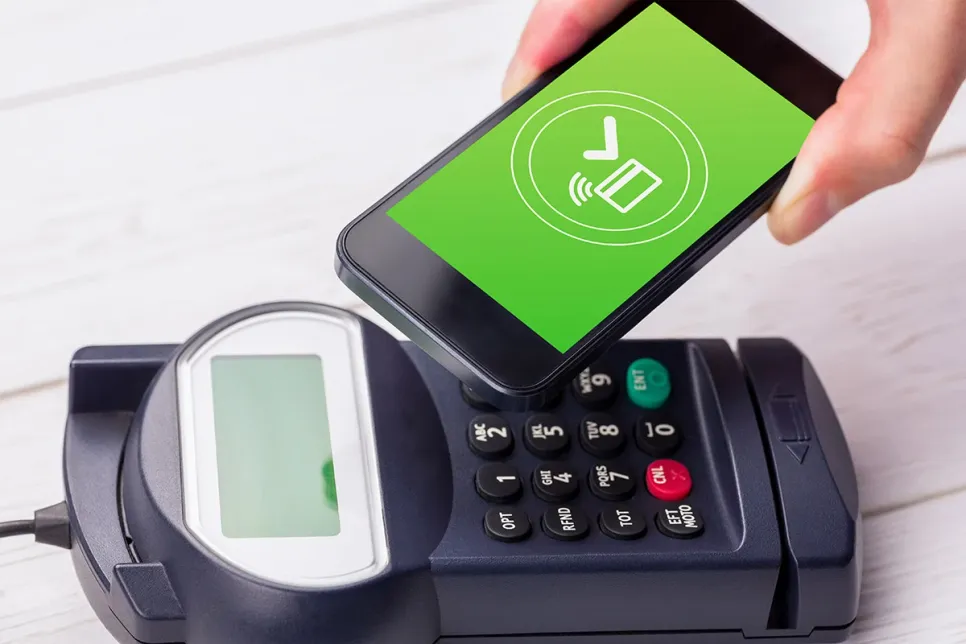Subscription Economy to Be Worth Almost $1 Trillion by 2028
A new study by Juniper Research found that by 2028, subscription economy revenue will reach $996 billion, up from $593 billion in 2024; a substantial rise of 68%.

The total number of unique contactless mobile payment users will reach 1 billion globally by 2024; rising from 782 million in 2022, representing a growth of 60%, according to Juniper Research. The report identified increased investment in contactless acceptance infrastructure, especially across emerging regions, as key to driving growth, through which over 200 million new contactless payment users will be added to the market by 2024.
The research predicts that increasing consumer demand for convenient and frictionless payment methods is also accelerating this growth, as consumers only require a smartphone or NFC-enabled device to use contactless payments, thus eliminating the need to carry multiple payment cards. “NFC mobile payment vendors must maximize convenience by offering further payment options, such as BNPL (Buy Now, Pay Later), to encourage greater adoption. BNPL allows consumers to pay in several installments; making high-value purchases more affordable,“ explained research author Jordan Rookes.
The research cites growing smartphone ownership in emerging regions as a key driver of this growth. Smartphone penetration rates among emerging regions, such as Asia Pacific, will exceed 99% by 2024; enabling an additional 67 million individuals to adopt mobile payments as they will possess the necessary hardware to conduct NFC payments via their handsets.
To capitalize on these high-growth markets, NFC mobile payment vendors must encourage consumers to switch from mobile money to NFC payments, by educating consumers on the benefits that NFC payments provide, whilst aiding efforts to improve NFC acceptance infrastructure. The advent of soft POS, which enables smartphones to accept NFC payments, will quickly increase contactless acceptance infrastructure; owing to the lower cost associated with soft POS, in comparison to traditional contactless POS, as it eliminates the need for additional hardware.